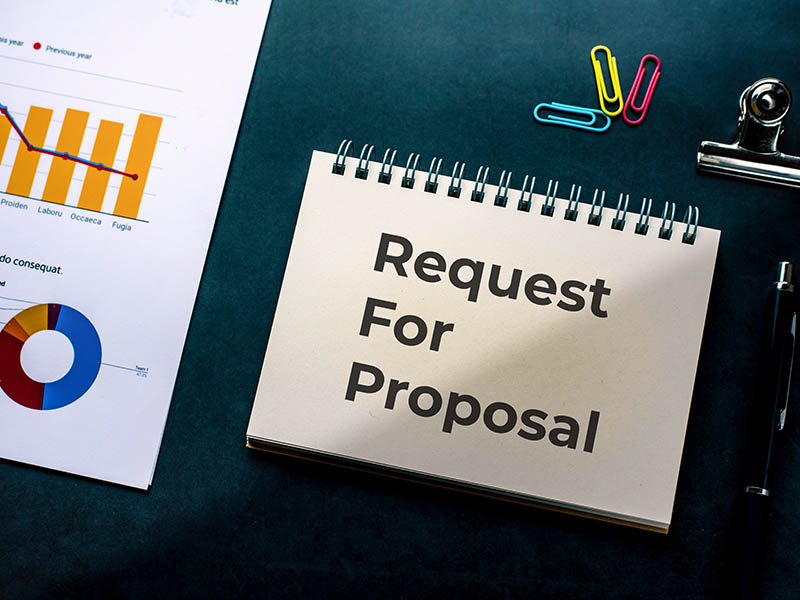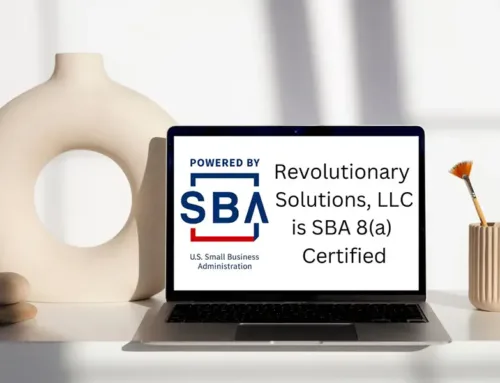In the realm of government contracting, the term “cost realism” often emerges as a pivotal concept, stirring up queries among numerous customers. When a Request for Proposal (RFP) references cost realism, it’s essential to grasp its implications to craft a compelling and compliant response. This article delves into cost realism, guided by the Federal Acquisition Regulation (FAR), and offers practical advice on addressing it in your proposals.
Understanding Cost Realism
Cost realism analysis, as outlined in the FAR, is a process that assesses the probable cost of a contractor’s performance. This analysis ensures that the proposed costs are realistic for the work to be performed, reflect a clear understanding of the requirements, and are consistent with the various elements of the offeror’s technical proposal.
Responding to Proposals with Cost Realism Language
When an RFP requires a cost realism analysis, here’s how to respond effectively:
1. Comprehend the Requirements:
Thoroughly understand the project’s scope and requirements. Any misinterpretation can lead to unrealistic cost estimations. Familiarize yourself with FAR Part 15.404-1(d), which outlines the procedures for cost realism analysis.
2. Detail Your Cost Estimates:
Provide a detailed breakdown of your cost estimates. Explain how you arrived at these figures, ensuring they are realistic and justifiable. Reference historical data or industry standards as a benchmark.
3. Demonstrate Understanding:
Show that you understand the task at hand. Link your technical approach directly to the cost elements. This demonstrates to the evaluators that your cost estimates are grounded in a solid understanding of the project’s requirements.
4. Address Direct and Indirect Costs:
Clearly delineate between direct costs (labor, materials, equipment) and indirect costs (overhead, G&A). Ensure that your indirect cost rates are in line with industry norms and can withstand scrutiny.
5. Use Realistic Labor Rates:
Labor costs often form a significant portion of the proposal. Use realistic labor rates, backed by labor market surveys or historical data. FAR Part 22 provides guidance on labor standards that might be relevant.
6. Incorporate Contingencies:
While being realistic, also account for uncertainties. Include reasonable contingencies for unforeseen expenses, but be prepared to justify them.
7. Transparency and Documentation:
Maintain transparency in your cost proposal. Document your methodology and the basis of your estimates. This adds credibility to your proposal and aids in the cost realism analysis.
8. Continuous Review and Updates:
Regularly review and update your cost estimates as more information becomes available or as project requirements evolve.
Conclusion
Addressing cost realism in your proposals is not just about numbers. It’s about demonstrating an in-depth understanding of the project’s requirements and providing a cost-effective solution. By closely adhering to the guidelines set forth in the FAR and presenting a well-thought-out, transparent cost proposal, you position yourself as a credible and reliable contractor. Remember, in government contracting, realism is not just a concept, it’s a commitment to feasible and responsible project execution.
The Revolutionary Solutions, LLC team has your back. We can support you through the entire proposal preparation process. Please contact us at our Reston, Virginia office. We look forward to scheduling a meeting with you.







